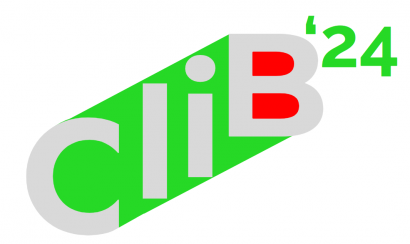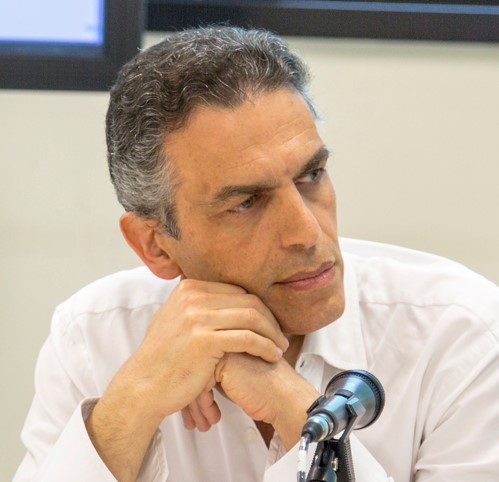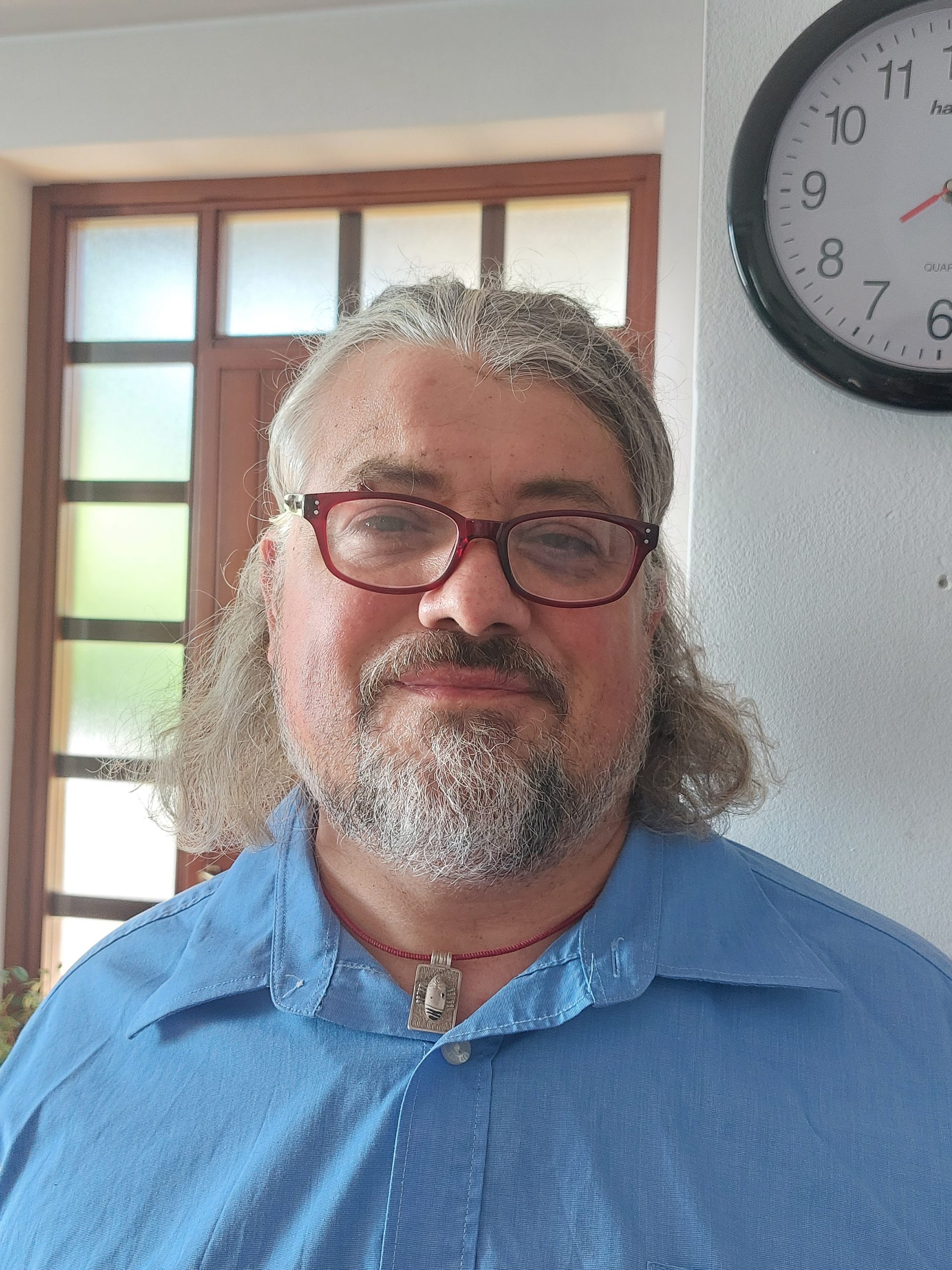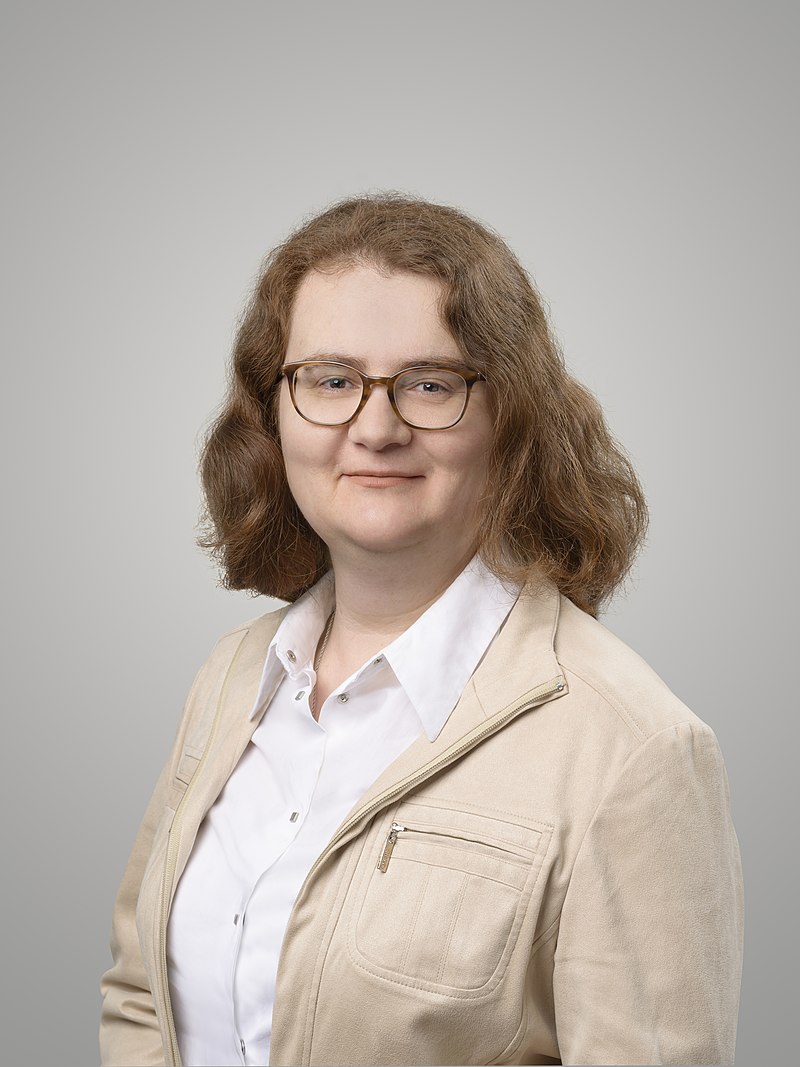Short bio
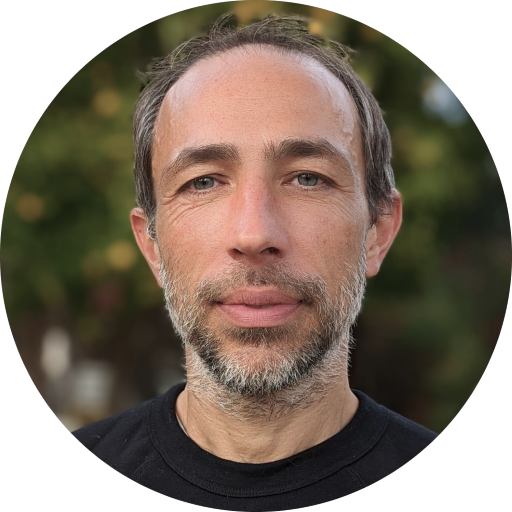 Dr. Veselin Stoyanov is a Researcher with a track record of innovating in AI and NLP to solve real-world problems. He is currently the Head of AI at Tome building practical applications of LLMs. He was previously at Facebook AI, where he led the development of industry-standard Large LM methods such as RoBERTa, XLM-R, and MultiRay and their application to improve online experiences, e.g., reduce the prevalence of hate speech and bullying posts. He holds a Ph.D. from Cornell University and a Post-Doctoral degree from Johns Hopkins University.
Dr. Veselin Stoyanov is a Researcher with a track record of innovating in AI and NLP to solve real-world problems. He is currently the Head of AI at Tome building practical applications of LLMs. He was previously at Facebook AI, where he led the development of industry-standard Large LM methods such as RoBERTa, XLM-R, and MultiRay and their application to improve online experiences, e.g., reduce the prevalence of hate speech and bullying posts. He holds a Ph.D. from Cornell University and a Post-Doctoral degree from Johns Hopkins University.
Talk abstract
Large Language Models for the Real World: Explorations of Sparse, Cross-lingual Understanding and Instruction-Tuned LLM
Large language models (LLMs) have revolutionized NLP and the use of Natural Language in products. Nonetheless, there are challenges to the wide adoption of LLMs. In this talk, I will describe my explorations into addressing some of those challenges. I will cover work on sparse models addressing high computational costs, multilingual LLMs addressing the need to handle many languages, and work on instruction finetuning addressing the alignment between model outputs and human needs.
